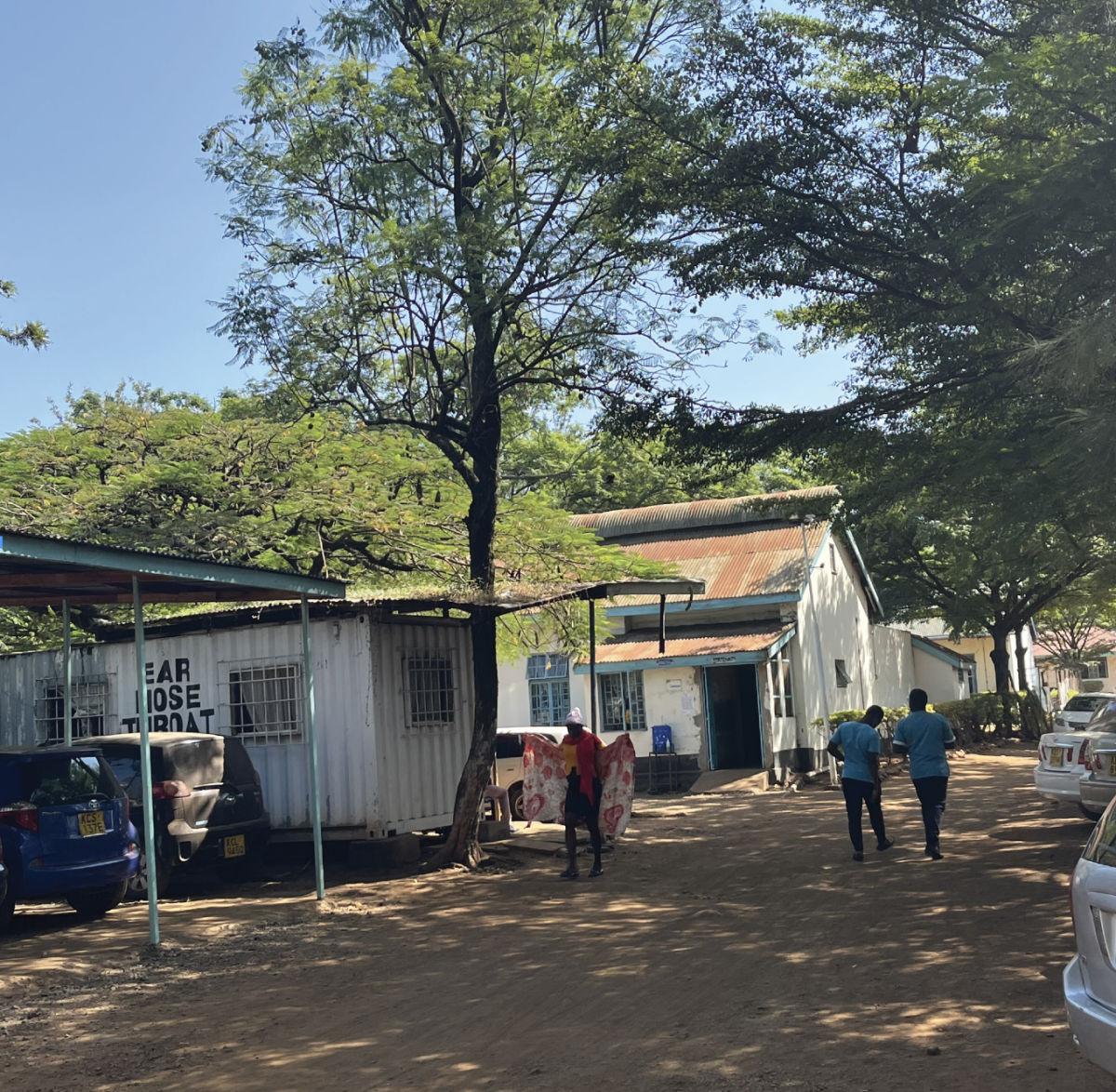My supervisor lets out a small gasp. I glance over at the HIV test results of the 23-year-old, pregnant woman in front of me: there’s a red line — her test is positive.
The woman hangs her head. She’s visiting for her third trimester checkup at Kisumu County Referral Hospital in Kenya. Due to high HIV rates in Kisumu, the hospital requires women to be tested for HIV during each trimester of their pregnancy.
She was negative for HIV during her second trimester. In the last 30 seconds, she has not only learned that she is HIV-positive for life, but also connected the dots that her husband has cheated on her in the last three months while she has carried his child.
With 18% of Kisumu residents being HIV-positive — and the rate only increasing — the Kenyan government has launched several initiatives for HIV prevention, including education efforts in schools and pushing PrEP (pre-exposure prophylaxis) on HIV-negative patients. The fact remains that women continue to be blamed for the high rates of HIV in the county, while the root causes of skyrocketing rates go unaddressed.
I began to notice the unfair associations between women and HIV during my first week interning in Kenya. Adolescent girls and young women are considered the most “at risk” demographic for HIV, with almost twice the HIV infection rate of Kenyan men.
Kenya is highly religious, and most public schools feature a Christian curriculum. Most teach abstinence-based sexual education, while others teach “family planning” — the method of tracking one’s menstrual cycle for ovulation and avoiding sexual activity during that time. This renders the use of contraceptives (for STDs/STIs and pregnancy) extremely low.
Due to the significant poverty in Kenya’s poorest neighborhoods, many young girls are coerced into unprotected sex with older men for money or even necessary menstrual products, such as tampons or pads, when they are young. This has yielded a teenage pregnancy rate of 42% in Kisumu County, and a disproportionately high rate of HIV in young girls.
Most of this occurs before these adolescent girls have had sexual education in school, or learned about PrEP and other HIV prevention. Despite the horror of this reality, there is no focus on stopping older men from taking advantage of primary school-aged women or encouraging the use of contraceptives.
Instead, the rhetoric is that young women need to learn how to say no or compromise with these men and do other things for money.
PrEP is a medication designed to reduce the risk of HIV transmission to someone who is HIV-negative. This could mean a sexual partner, a child or anyone else who might be exposed.
Though it seems that most people would take advantage of this medication in a place where HIV rates are soaring, the public reaction is quite the opposite. PrEP is highly stigmatized. The bottle it comes in is distinctive and taboo, and most people would rather run the risk of contracting HIV than take medication daily (despite the only possible side effects being quite mild and short-term).
During my experience in the HIV-testing clinic of Kisumu County Referral Hospital, the clinicians screened for domestic violence signs. Each woman that came in was asked if her husband had ever laid a hand on her.
Every time the woman said no, the clinician I was working with laughed and said “Not yet.” She gestures to male genitalia made out of wood to illustrate that none of them can trust their husbands, who she believed were likely going behind their backs with other women and contracting HIV.
“He has a girlfriend, and then he comes home and he sees you. Or he says he is HIV-negative, and he blames you for not trusting him.”
Still, the HIV-negative women eligible to take PrEP for free denied the clinician’s offer.
The culture of male pride in Kenya has led to thousands of cases of HIV and domestic violence. Most women believe that if they took PrEP or asked their husband to use a condom just in case, their husband would beat them or otherwise blame them.
Furthermore, the narrative during my time in medical environments in Kenya was that men will not go to the doctor unless they are seriously ill, sometimes even on their deathbeds. Meanwhile, women are more likely to seek preventative care, and pregnant women receive free healthcare and HIV testing during their pregnancies.
The reality is that women are not responsible for twice the amount of HIV cases as men are. They’re just more likely to get tested, which skews the data.
Though the focus on PrEP for HIV-negative patients and the sexual education slowly becoming more comprehensive is great, it is imperative that the Kenyan government recognizes why the rates of HIV in young women are so high.
They’re more likely to be taken advantage of, more likely to be victims of domestic violence if they attempt to protect themselves and they get tested at disproportionately high rates compared to young men.
Each of these points to symptoms of the real problem — there is massive gender inequality in Kenya, and it perpetuates their inflated HIV rates. In the future, I hope to see developments regarding male testing initiatives and more sexual and reproductive health focus in schools to address the root of the issue.








